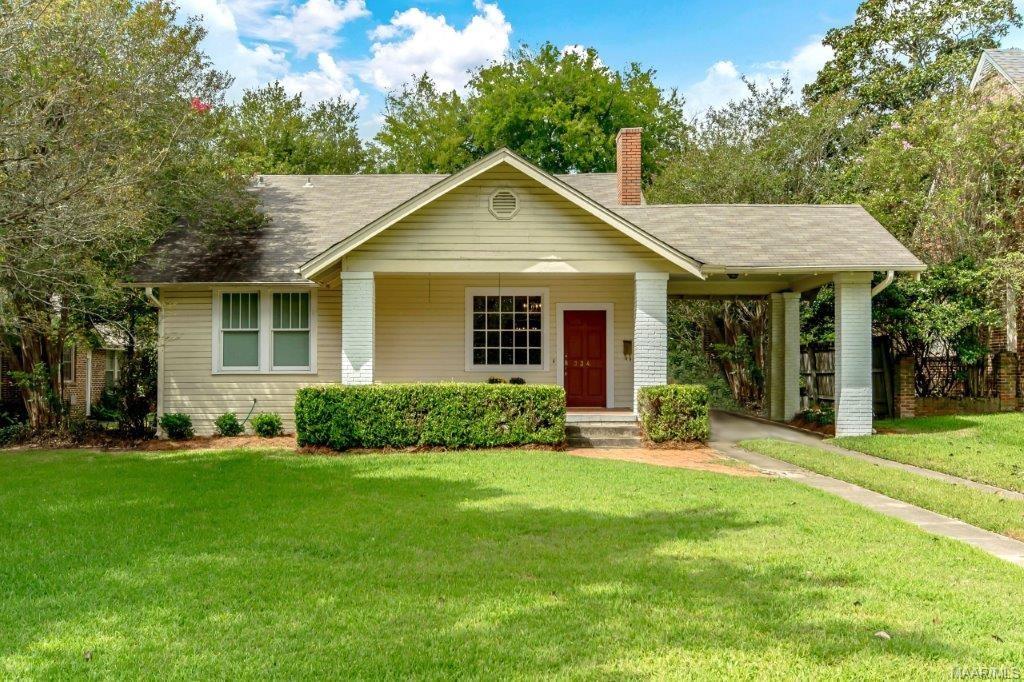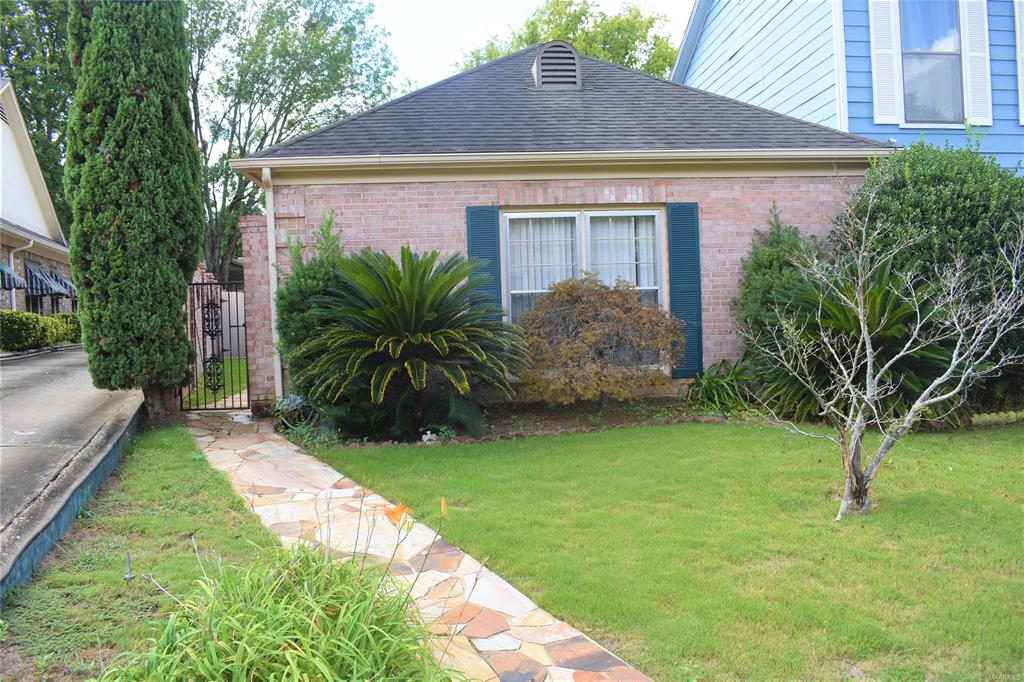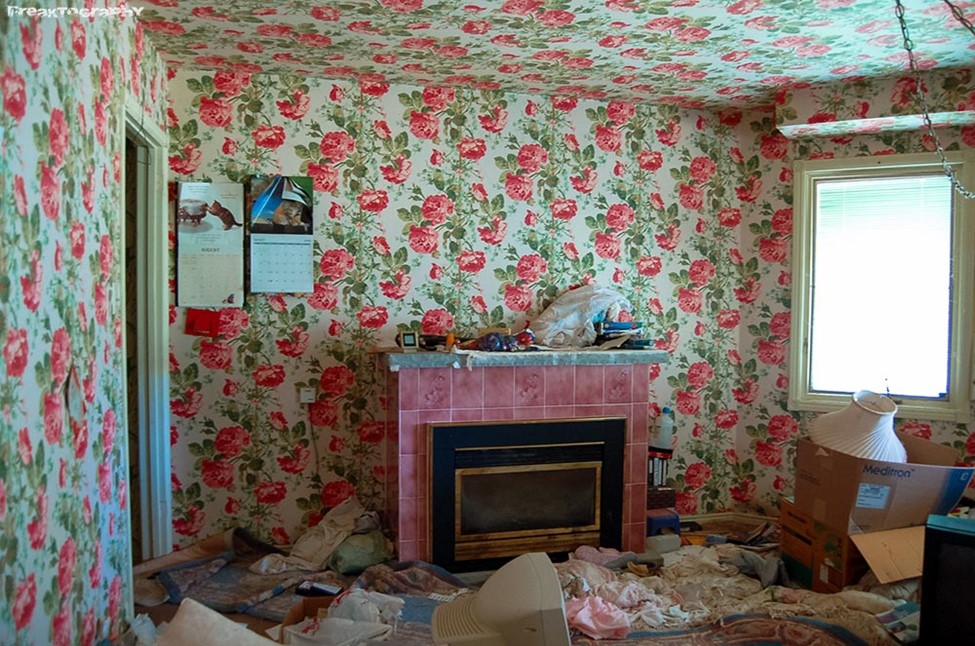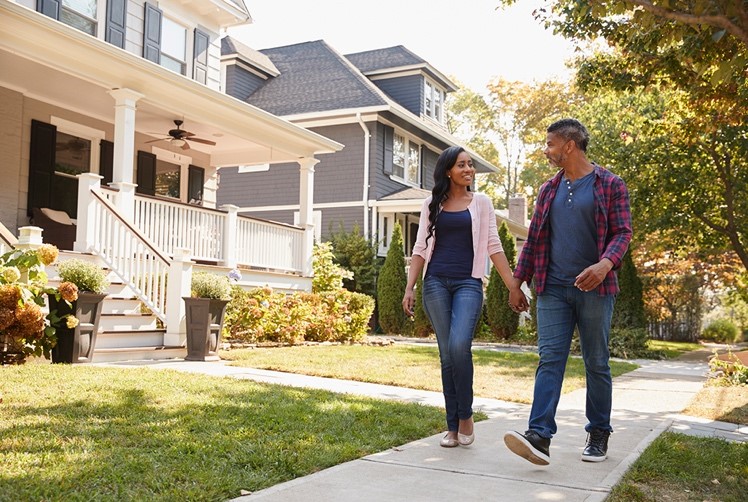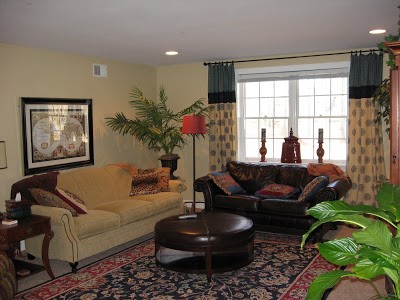Home Closing Expenses: Be Prepared

When you make an offer on a home and it gets accepted, you have every reason to be excited. Becoming a homeowner is making an investment in your own future; likely the largest financial investment you will make. However, it is prudent to be aware that there are other costs involved in purchasing a home other than your down payment and monthly mortgage payments.
Closing costs are an expense you may not be aware of if you are a first-time homebuyer. These costs must be paid prior to closing on the home. They include property taxes, homeowner’s insurance, title search fees, and appraisal fees. In addition, the closing costs provide the funds that pay the people who have performed services throughout the loan process, like the appraiser and your real estate agent.
Your closing costs will be itemized for you and provided at your closing. But it is important that you look over them closely and take the time to ask any questions you may have before you sign any documents. If there is something you do not understand, your mortgage banker or Realtor can explain it to you.
The homebuyer can negotiate with the seller to determine who will cover the closing costs, but every loan has different guidelines about how much a seller can pay. Your mortgage banker can provide you with your options. How to Negotiate Your Mortgage Closing Costs
Whether you end up paying for all or just some of your closing costs, it is crucial for you to include the amount you will have to pay into your budget. You can estimate the cost by calculating 2% to 6% of your purchase price. For example, if your loan is $200,000, your closing costs will range anywhere from $4,000 to $12,000. You will also receive a document from your mortgage banker after you apply for your loan that will list the anticipated closing costs. They may change a little during the process, but it will give you a good idea of what to expect.
So, while saving for a down payment is an obvious necessity, you may want to also set aside some cash each month to go toward other expenses associated with buying a new home. 5 Expenses That Shock First-Time Home Buyers
If you are in the market to buy or sell a home, let Sandra Nickel and her Hat Team of Professionals assist you with all your real estate needs! Call them today at 334-834-1500!
Photo Credit: foxbusiness.com





.jpg) Goldenrod: This low maintenance beauty has been erroneously blamed for causing hay-fever. The real culprit is rag weed. The pollen in goldenrod is too heavy to fly in the air. Instead, it sticks to the legs of the butterflies and insects that feed on its nectar. It blooms late in the season and is deer and drought resistant.
Goldenrod: This low maintenance beauty has been erroneously blamed for causing hay-fever. The real culprit is rag weed. The pollen in goldenrod is too heavy to fly in the air. Instead, it sticks to the legs of the butterflies and insects that feed on its nectar. It blooms late in the season and is deer and drought resistant..jpg) Chrysanthemums: Commonly called “mums”, these richly hued plants are true sign of fall. When buying mums, look for ones labeled “hardy mums” or “garden mums” for the best chance of having them thrive throughout the season. Plant them as soon as you buy them. Late August is not too early. Given the opportunity to develop a strong root system, they will last longer.
Chrysanthemums: Commonly called “mums”, these richly hued plants are true sign of fall. When buying mums, look for ones labeled “hardy mums” or “garden mums” for the best chance of having them thrive throughout the season. Plant them as soon as you buy them. Late August is not too early. Given the opportunity to develop a strong root system, they will last longer. .jpg) Helenium: Part of the daisy family, this cheery flower blooms in yellow, orange and red bringing a vibrant ambiance to your garden. These tough, easy-to-grow perennials bloom late in the season and last a long time.
Helenium: Part of the daisy family, this cheery flower blooms in yellow, orange and red bringing a vibrant ambiance to your garden. These tough, easy-to-grow perennials bloom late in the season and last a long time..jpg) Asters: Available in a variety of hues in shades of pink, purple, blue and white, these perennials bloom from mid to late fall. Loved by bees, butterflies and other pollinators, they provide a late feeding opportunity for them. Plant them as soon as they are available in early fall so that they can establish a strong root system.
Asters: Available in a variety of hues in shades of pink, purple, blue and white, these perennials bloom from mid to late fall. Loved by bees, butterflies and other pollinators, they provide a late feeding opportunity for them. Plant them as soon as they are available in early fall so that they can establish a strong root system..jpg) Pansies: One of the most popular cool weather annuals, pansies are favorites for fall flowerbeds. They are very hardy and can continue to bloom through winter and into spring, thereby adding lively color to your garden almost year ‘round! The ideal time to plant pansies in hardiness zone 8 is late October.
Pansies: One of the most popular cool weather annuals, pansies are favorites for fall flowerbeds. They are very hardy and can continue to bloom through winter and into spring, thereby adding lively color to your garden almost year ‘round! The ideal time to plant pansies in hardiness zone 8 is late October.